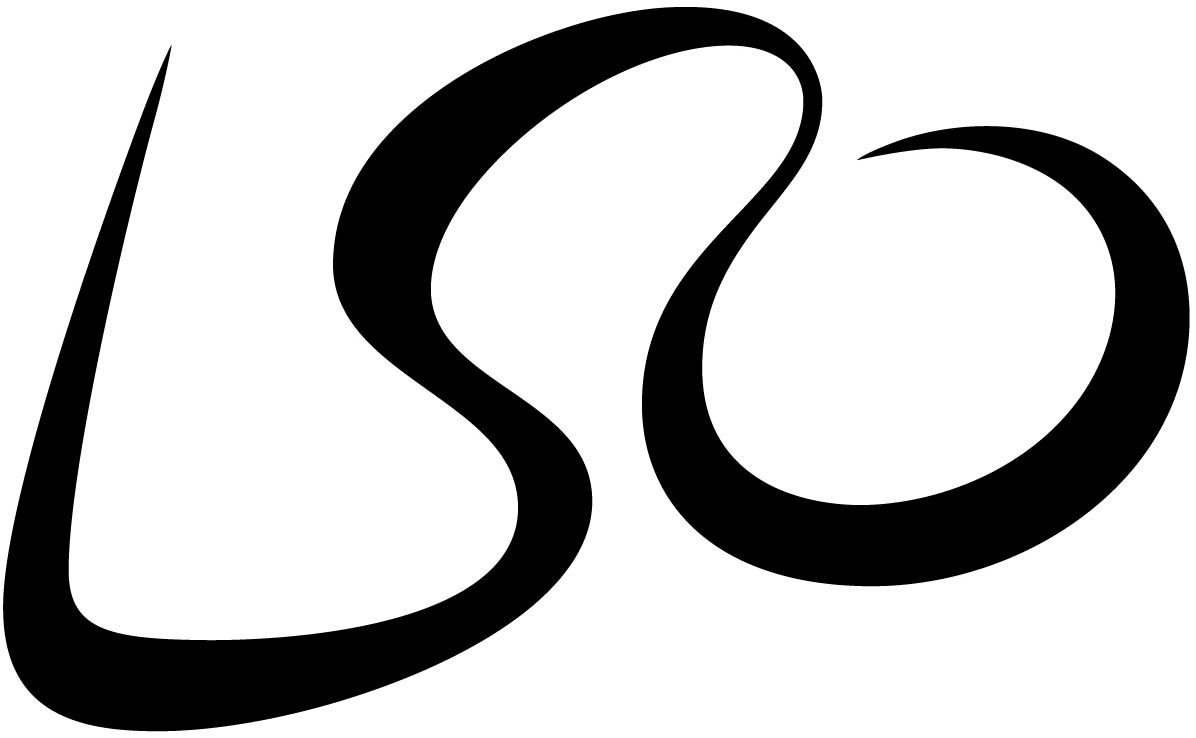Tippett Piano Concerto
1953–55
Listening Guide
The mood of the first movement is established at the start by a long line of high-register figurations for the soloist, while the orchestra sustains a deep C to establish the tonality. If, in this sonata-style movement, the soloist and orchestra occupy the foreground, Tippett adds an extra evocative dimension with an ensemble that consists of solo viola and muted horns. Clearly derived from the magical world of The Midsummer Marriage, this is one way in which Tippett achieves the poetic intimacy which he wanted to reproduce from Beethoven's Fourth Concerto.
The celeste part, in particular, is like an extension of the pianist's most ethereal qualities. These are encountered again in the rondo-finale, where the third episode introduces an entrancing duet for piano and celeste.
The central slow movement transforms the dialogue between the piano and orchestra with great imagination. The pianist pours out an almost endless stream of arabesques which wash around the lower strings. Throughout this, the violins and violas are silent. But then, shortly before the close, they enter with a burst of passionate rhetoric, against which the pianist opposes their own ruminations: and these remain finally in the ascendant.
The conclusion of this movement is one of Tippett's most breathtaking and entrancing musical creations. Far from being the clumsy creator of a mass of conflicting detail, this movement in particular shows the composer's skill and exactness in extracting a particular point from a mass of detail. In short, when finely performed, the impact is just entrancing, the work of a musical magician.
